A day at the beach offers endless opportunities for kids to explore the wonders of science. From chemistry to physics, these hands-on experiments are designed to make learning fun while helping children understand complex concepts. Below are five engaging science experiments that will keep your kids entertained and educated during your next beach trip, making them perfect science ideas to explore before the school year starts.
Experiment 1: Building a Sand Battery
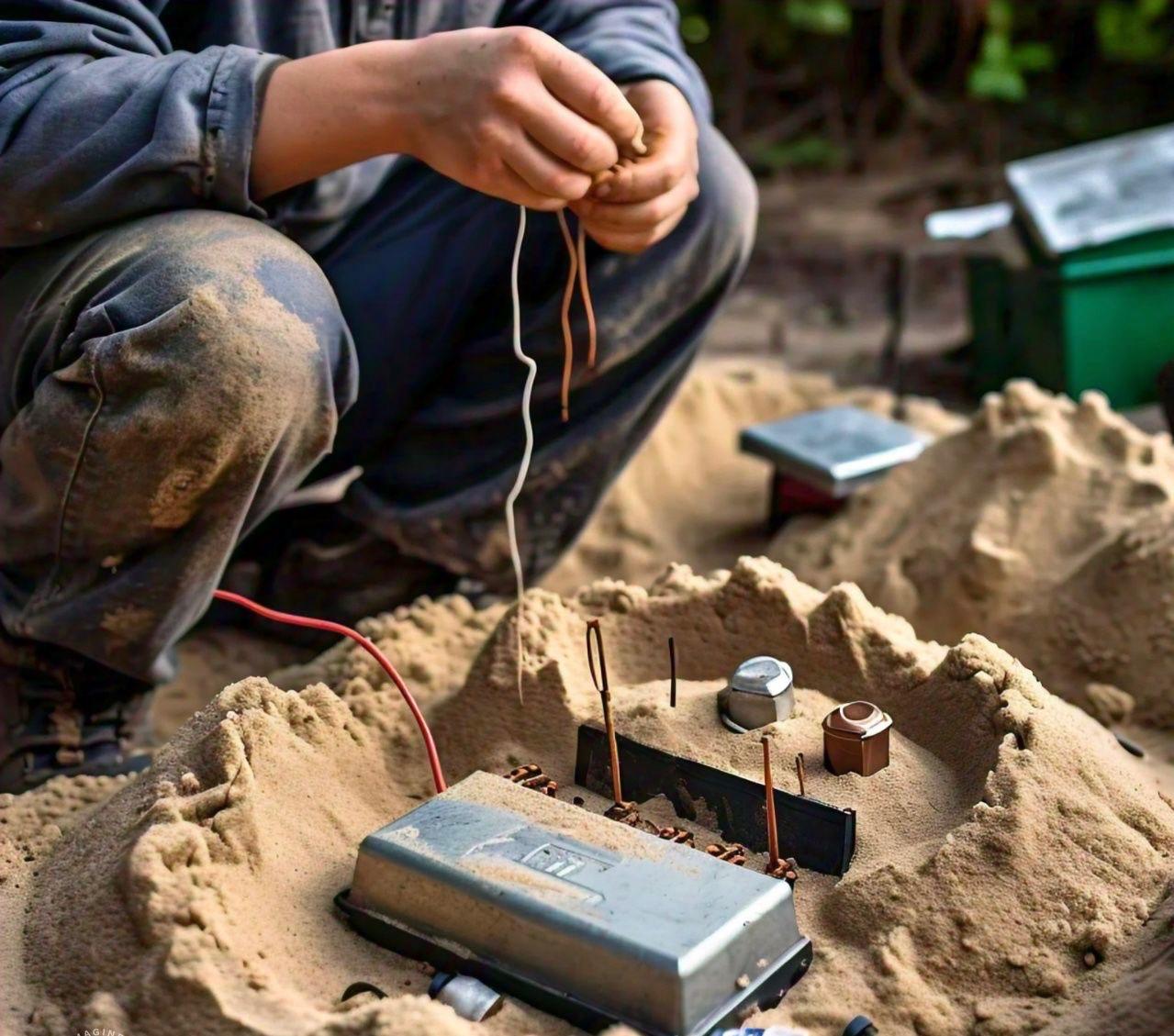
Concepts Explored: Electricity, Energy Storage
This experiment introduces children to how energy can be stored and used, just like in a real battery. By using common beach materials, kids can see firsthand how a simple battery works.
Fun Fact: The Hornsdale Power Reserve in Australia is the world’s largest battery, storing enough energy to power thousands of homes!
Materials Needed:
- Sand
- Two different types of metal rods (e.g., copper and zinc)
- Wires with alligator clips
- A small LED light bulb
- Saltwater
Recommended Reading: Exciting STEM Challenges And Winter Science Experiments For Kids
Steps:
- Fill a small container with wet sand, packing it tightly.
- Insert the two metal rods into the sand, a few inches apart.
- Attach wires to the metal rods using alligator clips.
- Connect the other ends of the wires to the LED light bulb.
- Pour a bit of saltwater over the sand and observe the LED light up. Pour a bit of saltwater over the sand and observe the LED light up.
Discussion Points:
- Electricity Generation: Discuss how the chemical reaction between the metal rods and saltwater generates electricity.
- Real-Life Applications: Explain how batteries store energy for later use, similar to what you created.
Experiment 2: Solar-Powered Desalination
Concepts Explored: Water Cycle, Renewable Resources
Teach your kids about the importance of freshwater and how solar energy can purify saltwater. This experiment simulates a simple desalination process using the power of the sun.
Fun Fact: Desalination plants provide over 95 million cubic meters of freshwater daily around the globe!
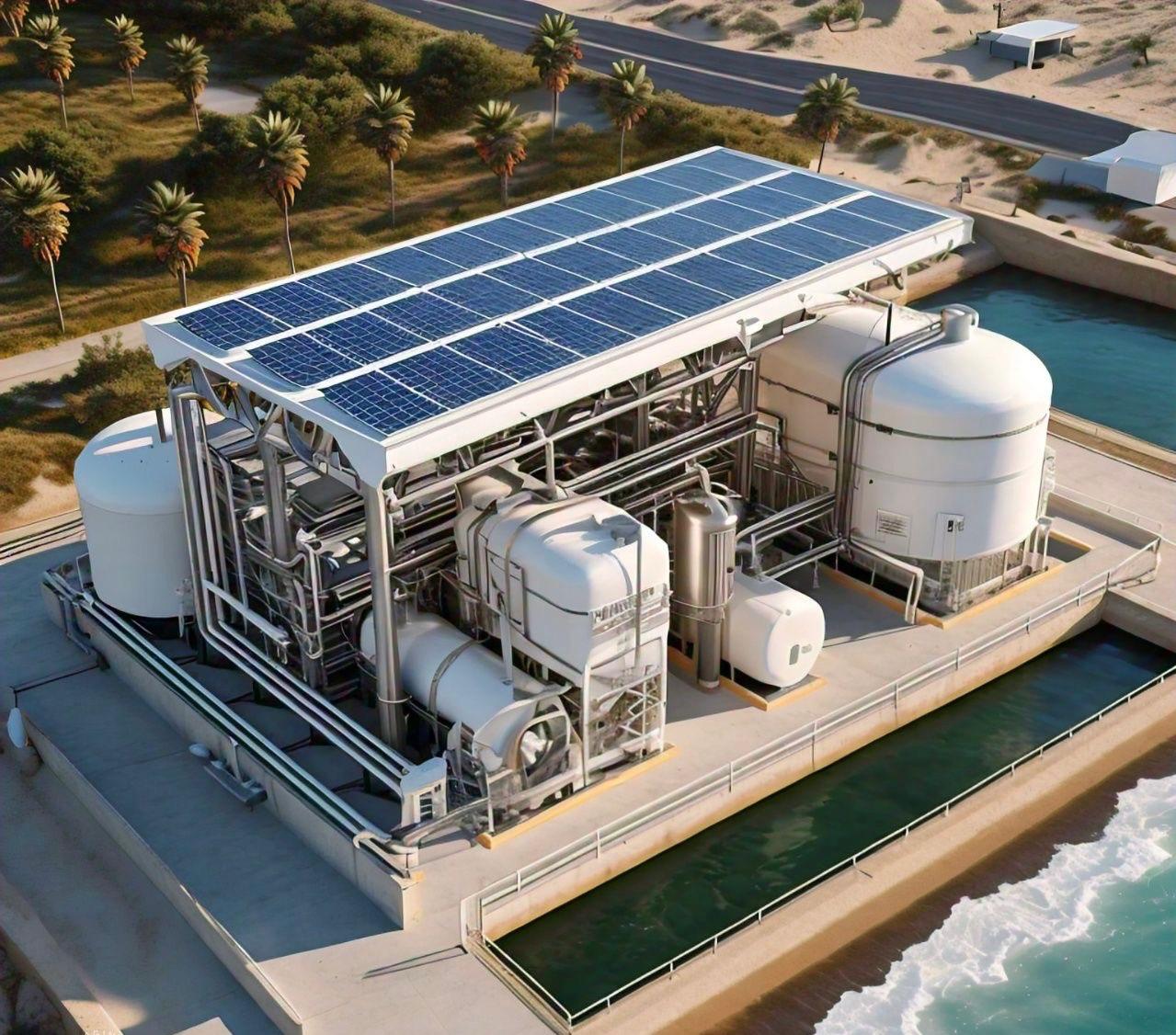
Materials Needed:
- A large bowl
- A smaller container that fits inside the bowl
- Plastic wrap
- A rock or small weight
- Saltwater
Steps:
- Pour saltwater into the large bowl until it’s halfway full.
- Place the smaller container in the center, ensuring no saltwater gets inside.
- Cover the bowl with plastic wrap and secure it tightly.
- Place a small rock on the plastic wrap, directly above the smaller container.
- Leave the setup in the sun for a few hours and observe the freshwater collected in the smaller container.
Discussion Points:
- Desalination: Explain how the sun’s heat causes the saltwater to evaporate, leaving the salt behind and turning into freshwater.
- Water Scarcity: Talk about how desalination can be a solution for areas with limited freshwater resources.
Experiment 3: Sand Volcano Eruption
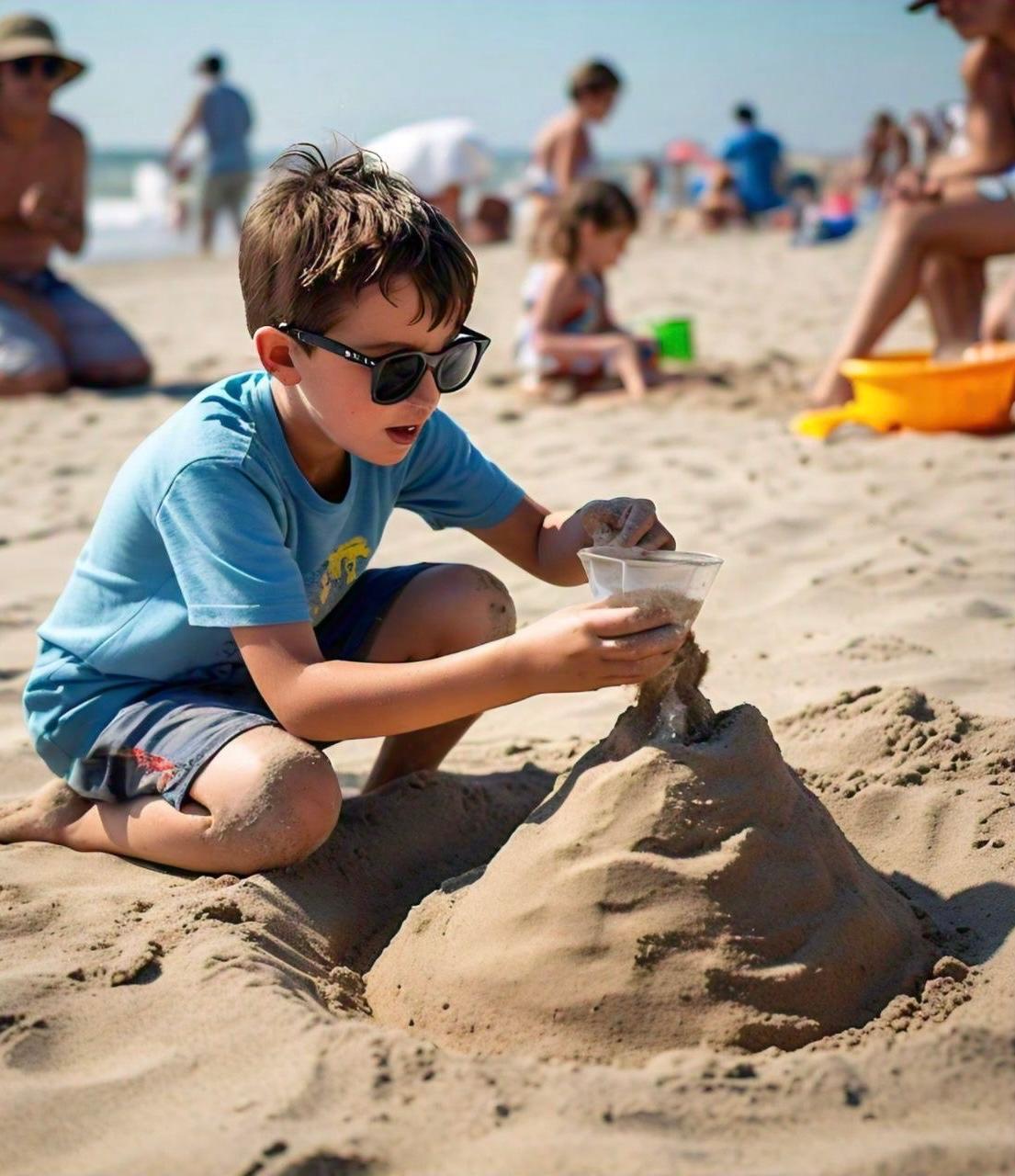
Concepts Explored: Chemistry, Chemical Reactions
This classic experiment is a beach favorite, allowing kids to explore chemical reactions in a visually exciting way by creating their own sand volcano.
Fun Fact: Mauna Loa in Hawaii is the world’s largest active volcano, towering over 30,000 feet from its base on the ocean floor!
Materials Needed:
- Baking soda
- Vinegar
- Food coloring
- A small container (like a plastic cup)
- Sand
- A tray (optional)
Steps:
- Build a mound of sand with a small hole in the center.
- Place the container in the hole and fill it with baking soda.
- Add a few drops of food coloring to the baking soda.
- Pour vinegar into the container and watch your volcano erupt!
Discussion Points:
- Chemical Reactions: Discuss how the reaction between baking soda and vinegar produces carbon dioxide gas, causing the eruption.
- Volcanology: Compare this reaction to how real volcanoes erupt due to pressure from magma and gasses.
Recommended Reading: Top Science Movies for Kids To Watch
Experiment 4: Buoyancy and Density Exploration
Concepts Explored: Physics, Buoyancy, Density
In this experiment, children predict and test whether various objects will sink or float, helping them understand the concepts of buoyancy and density.
Fun Fact: The ocean sunfish, or mola mola, can weigh over 2,200 pounds, yet its unique body structure allows it to float effortlessly!
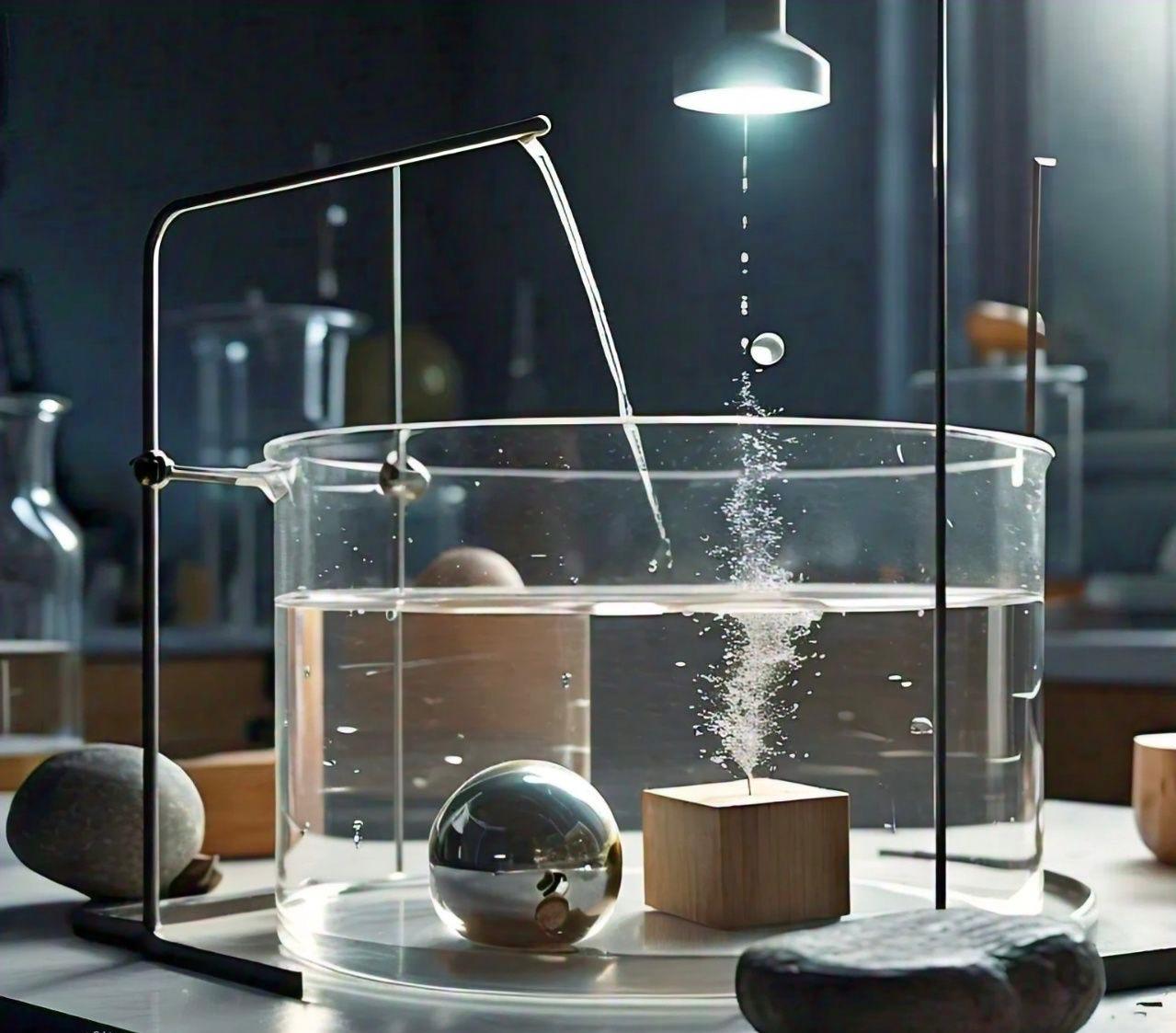
Materials Needed:
- A large clear container filled with seawater
- Various small objects (a rock, a piece of driftwood, a seashell, a plastic toy, a feather, a piece of fruit)
- A notebook and pen (for observations)
Steps:
- Collect various objects from the beach or bring some from home.
- Before placing each object in the water, predict whether it will sink or float, and write down your predictions.
- Place each object in the container of seawater and observe the results.
- Record the outcomes, noting which items sank and which floated.
Discussion Points:
- Buoyancy: Explain why some objects float while others sink, based on their density compared to water.
- Real-Life Applications: Discuss how boats and marine animals use buoyancy to stay afloat.
Experiment 5: Solar-Powered Sand Clock
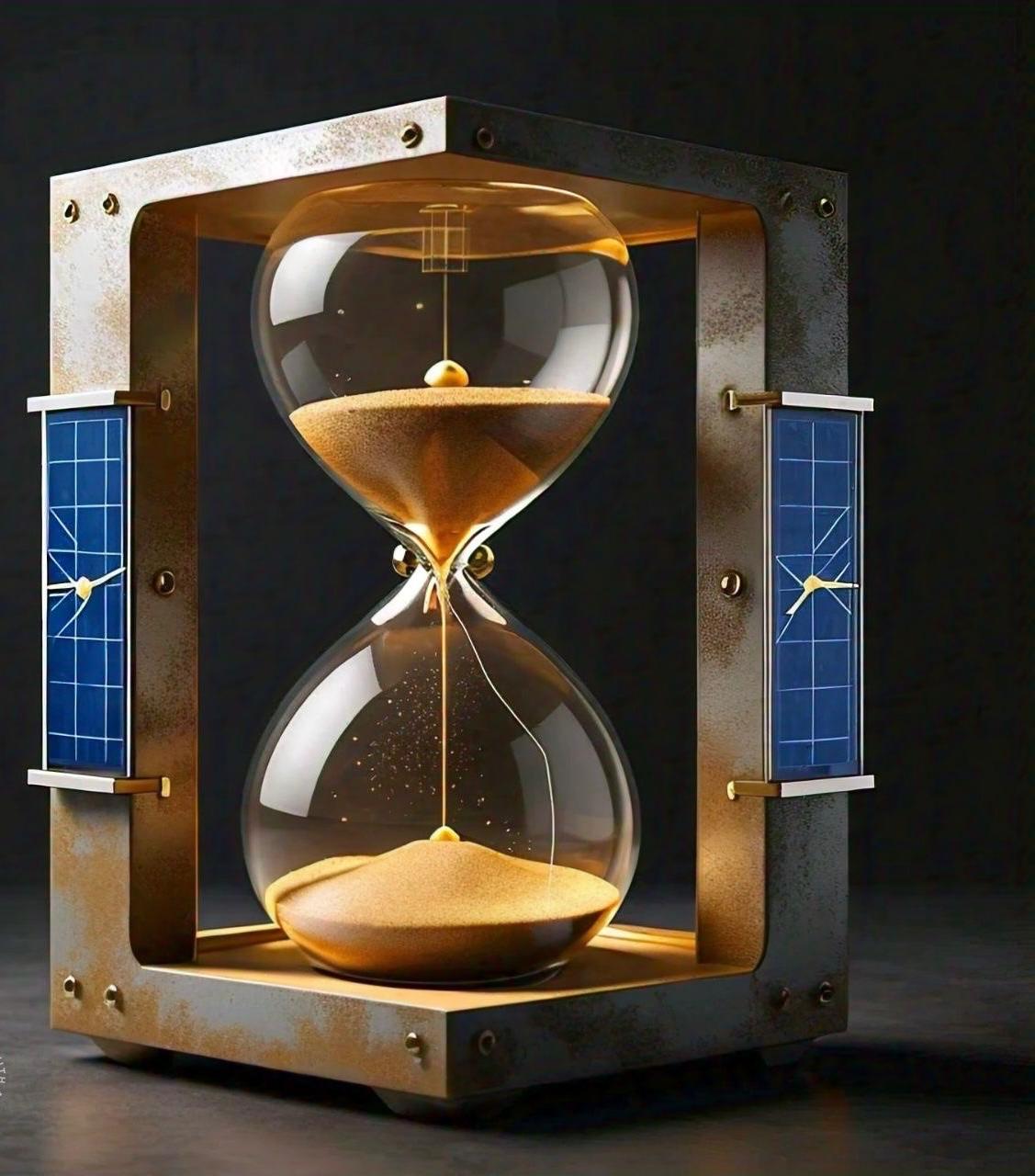
Concepts Explored: Timekeeping, Solar Energy
Kids can create a simple sand clock that runs on solar energy, teaching them about timekeeping and the power of the sun.
Fun Fact: The earliest sundials were used by ancient Egyptians over 3,500 years ago to measure time!
Materials Needed:
- Two plastic bottles (one with a wide mouth)
- Sand
- A piece of cardboard
- A stopwatch or clock
Steps:
- Cut the bottom off one of the plastic bottles to create a funnel shape.
- Place the funnel-shaped bottle upside down inside the other bottle.
- Pour sand into the funnel until it fills the bottom bottle.
- Use a stopwatch to time how long it takes for all the sand to flow through.
- Experiment with different amounts of sand to measure different time intervals.
Discussion Points:
- Timekeeping: Discuss how ancient civilizations used the movement of the sun and sand to measure time.
- Solar Energy: Explain how the sun’s position in the sky can be used to tell time without a clock.
Additional Beachside Activities for Young Scientists:
- Shell Classification: Collect and classify different types of shells, learning about the marine animals that live inside them.
- Tide Pool Exploration: Explore tide pools to observe various marine organisms and learn about their adaptations.
- Wildlife Tracking: Use binoculars and a guidebook to identify and track birds, fish, and other wildlife at the beach.
These experiments and activities turn a day at the beach into a fun-filled educational experience, fostering curiosity, critical thinking, and a love for science. For more engaging science experiments, visit our blog for additional ideas and resources.
Conclusion
A day at the beach offers more than just fun in the sun—it’s a perfect setting for hands-on science exploration. By engaging in these experiments, kids can learn about chemistry, physics, and renewable energy in an exciting and interactive way. Whether creating a sand volcano, building a solar oven, or testing buoyancy, these activities not only entertain but also spark curiosity and critical thinking after a day of discovery, unwind with some classic back-to-school movies to keep the learning momentum going. Turn your next beach trip into a memorable science adventure that fosters a love for learning while enjoying the beauty of the outdoors.
Looking for a comprehensive parenting guide to ensure you are on the right track? Explore a wealth of parenting wisdom and educational insights in Moonpreneur’s blogs. Additionally, you can join our programs that nurture the next generation of innovators. Book a free trial now!


























These are simple experiments and I am looking for more complex science experiments that challenge kids to think critically or explore more advanced concepts like marine biology or ocean currents.
These experiments look really fun! It might be cool to add one about how the moon affects the tides. Since the beach is a great place to see tide changes, kids could learn about gravity and how the moon influences the ocean. Also, creating a volcano with a twist, like using different materials for different eruptions, could be a hit! Plus, a simple windmill project could teach kids about wind energy. Just some ideas for more experiments!